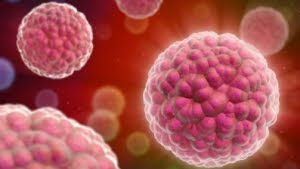
A new type of dinosaur was recently discovered in Utah. The bones of the dino have been in a museum in Utah for about 10 years, but it was not until recently that paleontologists like Matt Wedel and Mike Taylor took a second look at the bones and unearthed their mystery. The bones belong to a new species of sauropod named Brontomerus mcintoshi, brontomerus literally meaning "thunder thighs" and mcintoshi after John "Jack" Mcintoshi, a world authority on sauropods. The bones belonged to two separate dinosaurs; a larger adult dino (6 tons, 14 meters in length, about the size of an elephant) and a smaller juvenile (200 kg, 4.5 meters, pony-sized) are thought to be a mother and her young. The special feature of this dinosaur is its unusually large hip bone, definitely much larger than that of any other sauropod. The enlarged hip bone protrudes forward, and it is suspected that this animal had very powerful leg muscles (hence the name "thunder thighs") that would have been used for defense against predators and for flattering the ladies ;-]


 Association of International Cancer Research
Association of International Cancer Research

